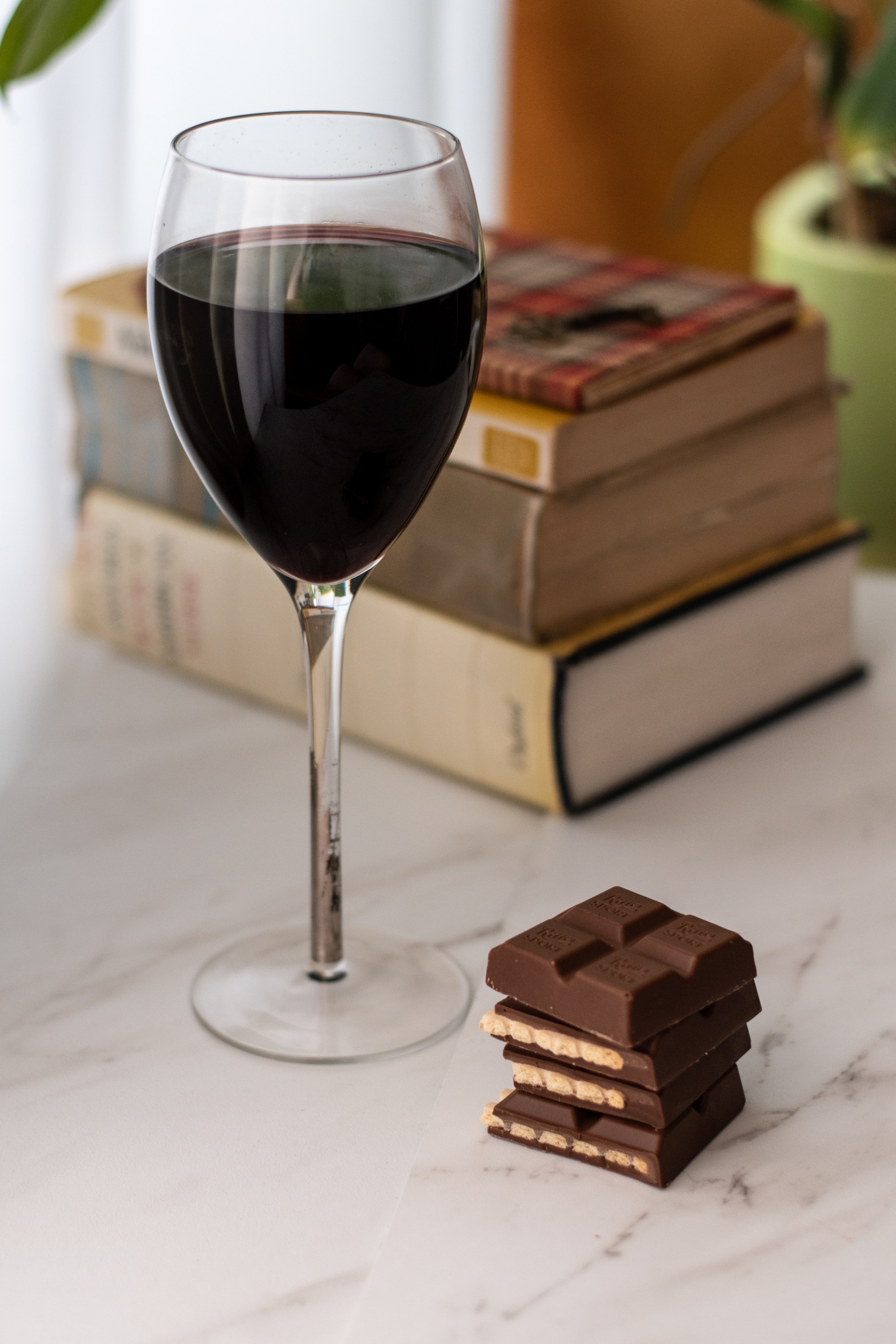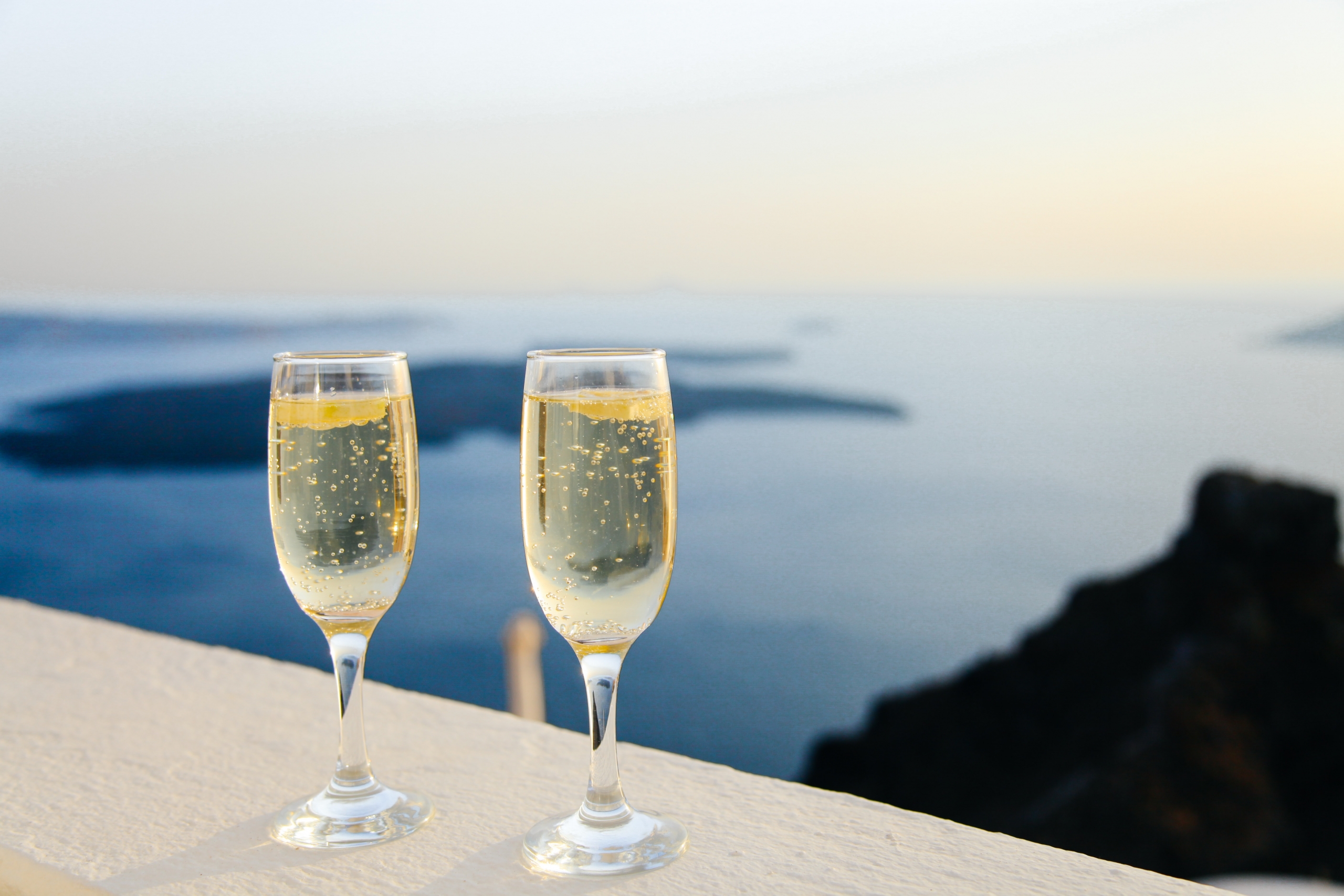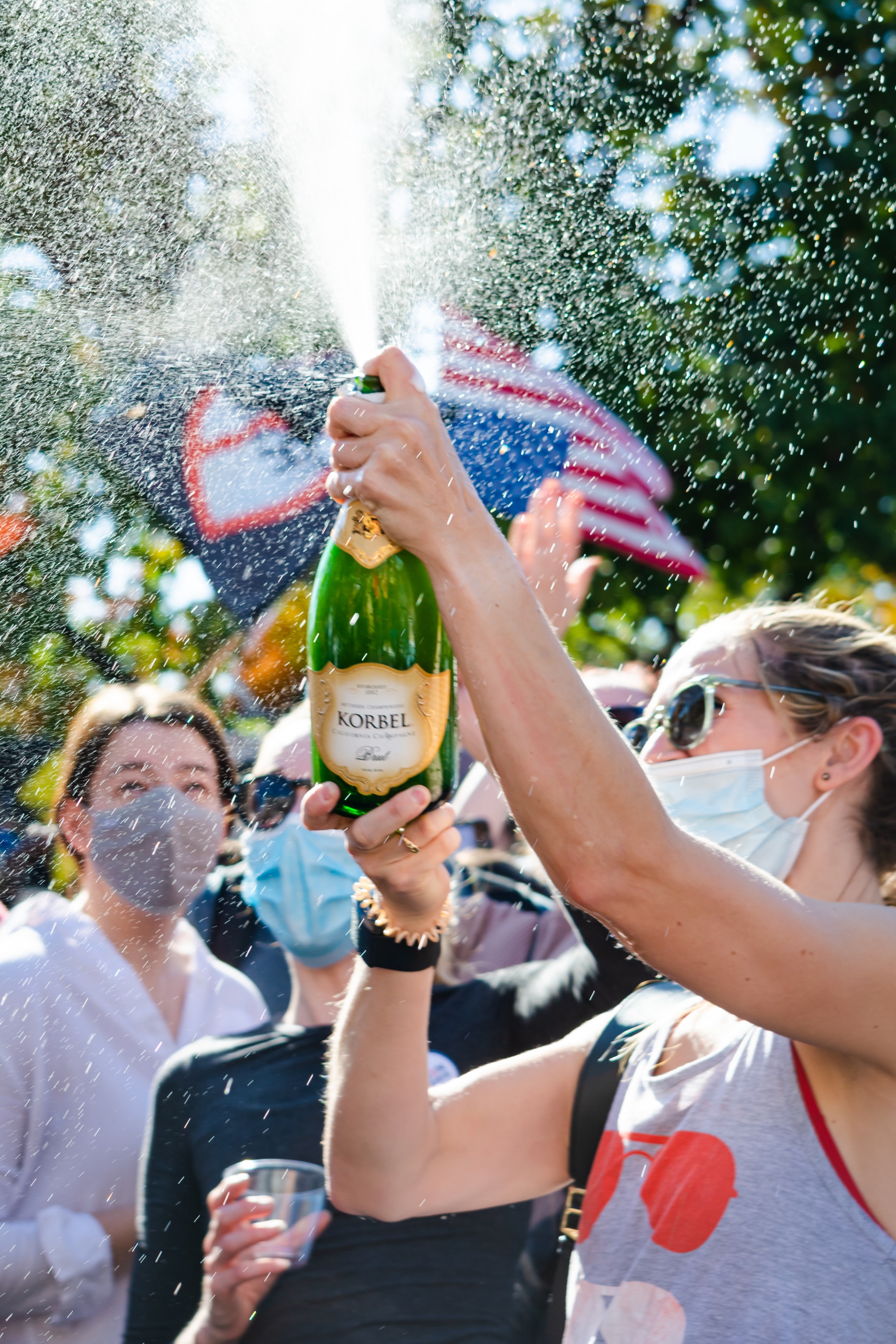You know that classic I Love Lucy episode in which Lucy gets a job in an Italian vineyard and she crushes the grapes with her bare feet? That’s exactly what I thought I’d be doing the first time I ever made wine at Lakeland Winery.
When our website designer, Phil, first invited me to make wine at Lakeland in 2006 (long before I started blogging!), I was a bit apprehensive. I’m not one for getting dirty. Even when I was a kid, the thought of finger painting freaked me out, so the idea of stomping around barefoot in a pile of grapes didn’t sound ideal. However, I like wine more than enough to try making my own even if it meant reddish-purple stains between my toes. I would just have to prepare.
Picture this: On winemaking day, I dressed like someone who was going to be rolling around in a vat of grapes. I wore my oldest pair of jeans with the cuffs rolled up. I pulled my hair back as tight as possible. It was drizzling that late-October day in Syracuse, so I didn’t look like a complete idiot in my raincoat.
So there I was ready to take off my shoes and socks, wondering where they keep the wine-stomping barrels at Lakeland Winery. Owner Andy ushered our party into a cozy wine-tasting room. During the first part of the experience you get to taste about 20 wines before you choose the one you’d like to make. We chose the light, floral Muller-Thurgau, and I wished that I had eaten something more substantial than toast before sampling a bunch of wines (here’s a tip: bring snacks to your wine tasting party).
We then went to the winemaking room. I didn’t see any barrels or vats filled with grapes to be crushed between the toes. That’s when I learned that making wine at Lakeland Winery isn’t like the messy process that Lucy Ricardo endured. Instead, making wine at Lakeland is a bit like mixing ingredients before baking a cake. The winery staff does as much or as little as you’d like all the while explaining how wine is made. It’s fun and educational.
I got to slowly stir the water and bentonite, followed by the juice and the elderflowers before sprinkling the yeast in the fermentation bucket. That’s the first step in making wine. The next step happened a week later when the fermenting wine was siphoned into a carboy. This step is called racking. During week three the wine was stabilized, and potassium sorbate and potassium metabisfulate were added to help sterilize the wine. The wine fermented for another four weeks and then we got to come back to the Lakeland to bottle and label our wines. No bare feet required.




